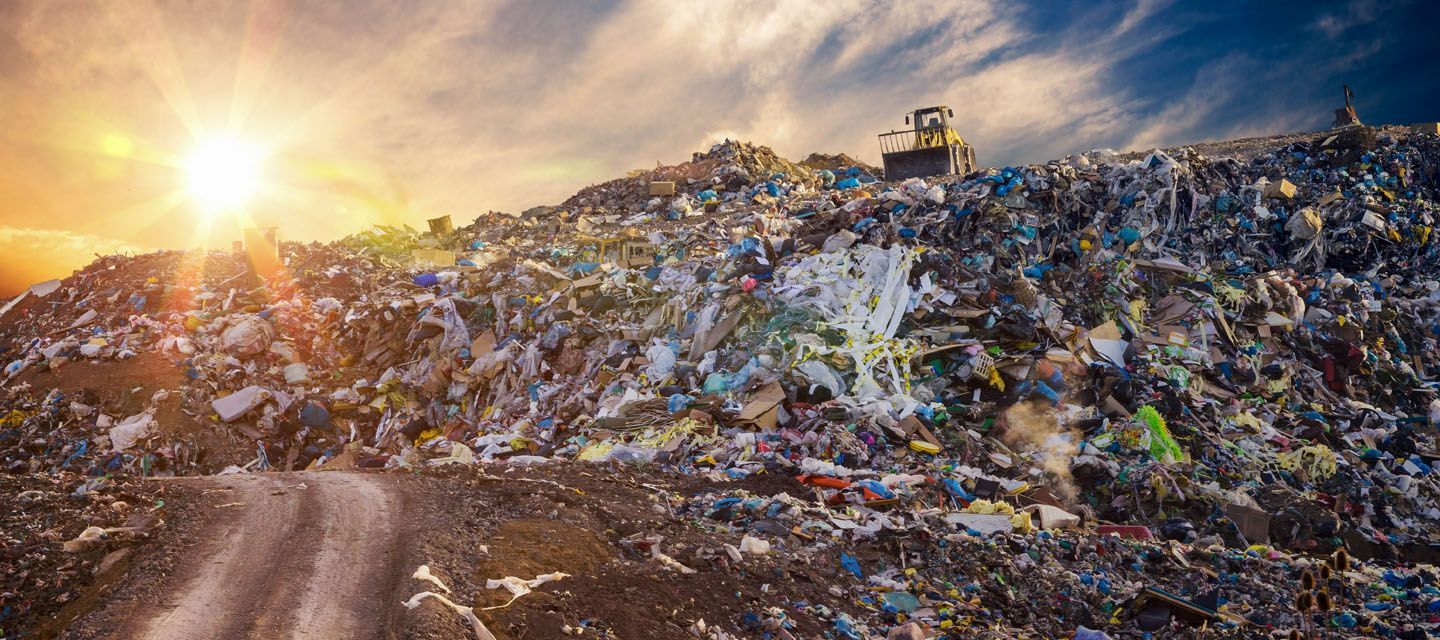Understanding the Control of Asbestos Regulations 2012: A Guide for Dental Practice Owners
Often located in converted residential premises, dental practices are at an increased risk of containing asbestos

Introduction to the Control of Asbestos Regulations 2012
As a dental practice owner, it is essential to have a thorough understanding of the Control of Asbestos Regulations 2012. These regulations were put in place to protect individuals from the dangers of asbestos exposure. In this guide, we will explore the various aspects of these regulations and how they relate to dental practices.
Understanding the risks of asbestos in commercial buildings in the UK
Asbestos is a highly hazardous material that was commonly used in the construction industry until its ban in the UK in 1999. Many commercial buildings, including dental practices, may still contain asbestos-containing materials. It is crucial to be aware of the risks associated with asbestos to ensure the safety of everyone in the building.
Dental practices are commonly converted domestic properties, and it is not uncommon to find asbestos-containing materials in these buildings. The most common types of asbestos found in dental practices include Asbestos Insulating Board (AIB), Asbestos Cement, Asbestos Ceilings, Asbestos Flooring, and Asbestos Roofing. These materials, if disturbed or damaged, can release microscopic asbestos fibres into the air, which can be inhaled and lead to serious health issues.
The dangers of asbestos in Dental practices
Exposure to asbestos can have severe health consequences, including lung cancer, mesothelioma, and asbestosis. These diseases often have long latency periods, meaning that symptoms may not appear for many years after exposure. Dental practitioners, staff, and patients are all at risk if asbestos is present in the practice and proper precautions are not taken.
It is important to note that asbestos fibres are invisible to the naked eye, making it impossible to determine if a material contains asbestos without proper testing. Therefore, assuming that a material is asbestos-free based on its appearance is a dangerous assumption that can have serious consequences.
Ensuring the safety of staff and customers - the importance of an Asbestos Management Plan
To protect the health and safety of both staff and customers, it is essential for dental practice owners to have an Asbestos Management Plan in place. This plan outlines the steps that will be taken to manage asbestos-containing materials in the practice and minimise the risk of exposure.
An Asbestos Management Plan should include a thorough assessment of the building to identify any asbestos-containing materials, regular inspections to ensure their condition is monitored, procedures for handling and disposing of asbestos safely, and a clear communication plan to inform staff and customers about the presence of asbestos and the measures in place to protect their health.
Steps for keeping staff and customers safe from asbestos exposure
To effectively manage the risk of asbestos exposure in dental practices, several steps must be taken:
- Conduct an Asbestos Management Survey: This survey will identify any asbestos-containing materials in the practice and assess their condition. It is crucial to hire a qualified asbestos surveyor to carry out this survey and ensure accurate results.
- Develop an Asbestos Management Plan: Based on the findings of the survey, an Asbestos Management Plan should be created. This plan should outline the procedures and protocols for managing asbestos-containing materials, including regular inspections, staff training, and safe handling and disposal practices.
- Train staff on asbestos awareness: All staff members should receive training on asbestos awareness to understand the risks associated with asbestos and how to handle situations where asbestos-containing materials may be present.
- Regularly monitor and inspect asbestos-containing materials: It is crucial to conduct regular inspections to ensure that asbestos-containing materials are in good condition and have not been damaged or disturbed. Any deterioration should be addressed immediately to prevent fibre release.
- Communicate with staff and customers: Clear communication is key to ensuring everyone's safety. Staff should be informed about the presence of asbestos and the measures in place to protect their health. For patients, signage and information leaflets can be used to raise awareness and provide reassurance.
Maintaining legal compliance with the Control of Asbestos Regulations 2012
The Control of Asbestos Regulations 2012 is a legal requirement that dental practice owners must adhere to. Failure to comply with these regulations can result in serious consequences, including fines and potential prosecution. To maintain legal compliance, several key steps should be taken.
Firstly, it is essential to conduct an Asbestos Management Survey to identify any asbestos-containing materials in the practice. This survey should be carried out by a qualified professional who will provide a detailed report outlining the location and condition of any asbestos found.
Based on the findings of the survey, an Asbestos Management Plan should be developed and implemented. This plan should include regular inspections and monitoring of asbestos-containing materials, staff training, and procedures for safe handling and disposal.
Developing an Asbestos Management Plan and conducting an Asbestos Management Survey
Developing an Asbestos Management Plan requires careful consideration of the specific risks and requirements of the dental practice. It should outline the responsibilities of staff members, procedures for handling emergencies involving asbestos, and a clear communication plan.
Conducting an Asbestos Management Survey is a crucial step in identifying and assessing the presence of asbestos-containing materials in the practice. It is important to hire a qualified professional who will conduct a thorough survey, taking samples where necessary, and providing accurate results.
Managing asbestos during refurbishment and maintenance work
If refurbishment or maintenance work is planned for the dental practice, it is essential to take extra precautions to manage asbestos effectively. Before any work begins, an updated Asbestos Management Survey should be conducted to identify any changes or new asbestos-containing materials.
It is crucial to ensure that any contractors or workers involved in the refurbishment or maintenance work are aware of the presence of asbestos and have the necessary training and qualifications to handle it safely. Adequate measures, such as proper containment and personal protective equipment, should be implemented to minimise the risk of fibre release during the work.
Importance of maintaining legal compliance and the consequences of failing to do so
Maintaining legal compliance with the Control of Asbestos Regulations 2012 is of utmost importance for dental practice owners. Failure to comply with these regulations can have severe consequences, both in terms of health risks and legal implications.
Not only does non-compliance put the health and safety of staff and customers at risk, but it can also result in financial penalties and potential prosecution. These consequences can have a significant impact on the reputation and financial stability of the dental practice.
The potential impact of failure to manage asbestos in your business - lost time and potential prosecution
Failing to effectively manage asbestos in your dental practice can lead to significant consequences, including lost time and potential prosecution. If asbestos-containing materials are not properly identified and managed, they may become damaged or disturbed, releasing asbestos fibres into the air.
In the event of asbestos-related incidents, such as accidental damage or fibre release, the dental practice may need to be temporarily closed for remedial work and thorough cleaning. This can result in lost time, disruption to patient care, and potential loss of revenue.
Moreover, failure to comply with the Control of Asbestos Regulations 2012 can result in legal action and potential prosecution. This can lead to hefty fines, damage to the practice's reputation, and even imprisonment in severe cases.
Conclusion: The importance of prioritising asbestos management in dental practices
In conclusion, dental practice owners must prioritise asbestos management to ensure the health and safety of both staff and customers. Understanding the Control of Asbestos Regulations 2012 is essential for legal compliance and effective management of asbestos-containing materials.
By developing an Asbestos Management Plan, conducting regular inspections, and providing adequate training to staff, dental practice owners can minimise the risks associated with asbestos exposure. It is crucial to prioritise asbestos management to protect the health of everyone involved and avoid the potential consequences of non-compliance.
Contact Consulo Compliance for your FREE asbestos compliance audit and take a proactive step forwards today to ensure you are not at risk.









